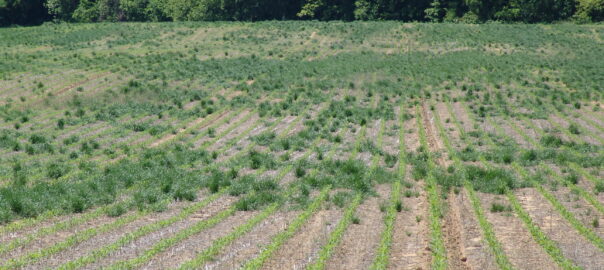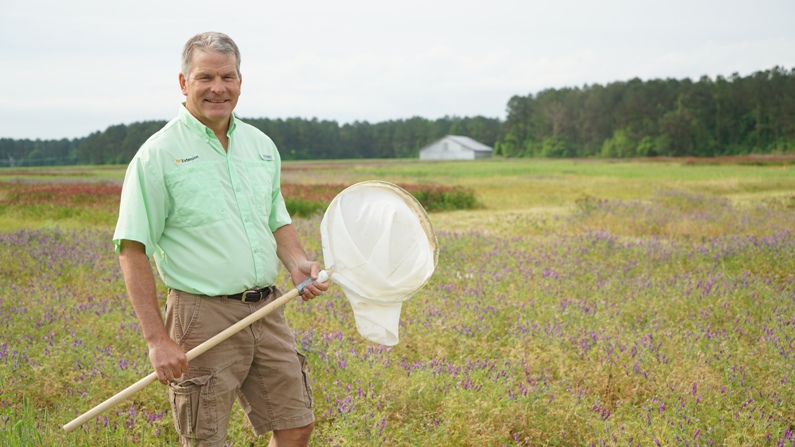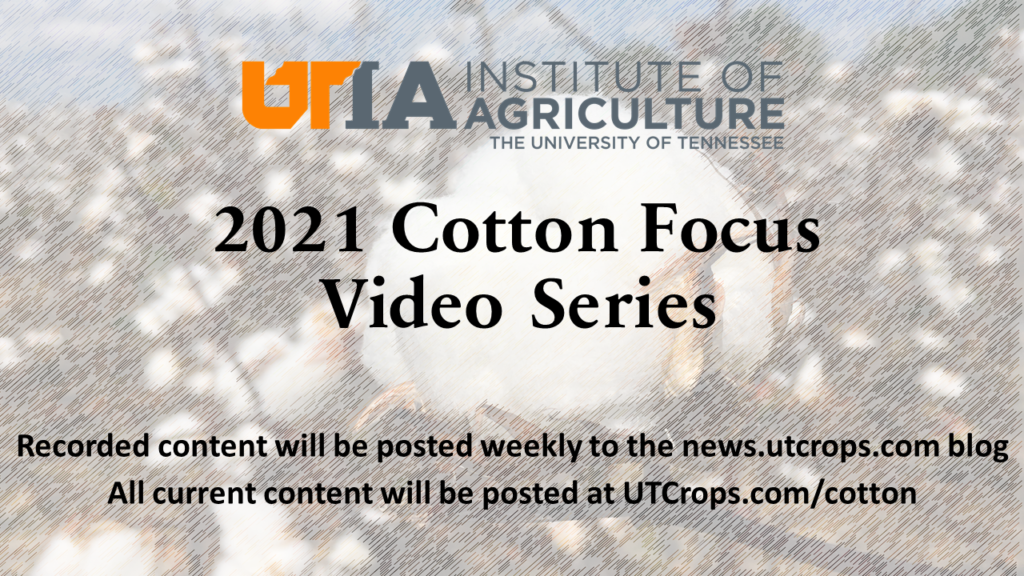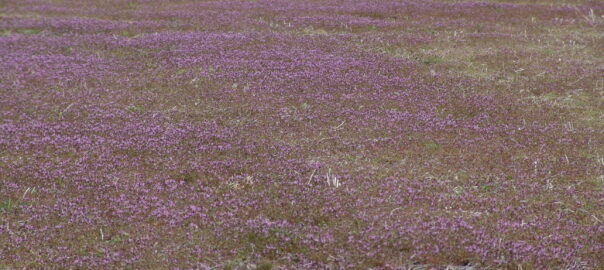The UT Cotton Scout School is scheduled for the last Friday of the month, May 28st, at the West Tennessee Research and Education Center (605 Airways Blvd, Jackson). There is no fee, and preregistration is not required. Registration begins at 8:00 AM with the program starting at 8:30. Content will include classroom and hands-on training with an optional ‘go-to-the-field session’ after a box lunch. Topics covered will include cotton development and identification and symptoms of insect pests, plant diseases, and weeds.
Category Archives: Cotton

Ryegrass Management in Corn
Ryegrass appears to have escaped burndown in a number of fields that have been planted to corn. In most cases the ryegrass escaped a glyphosate plus dicamba burndown. Continue reading
Tennessee State Rule that Prohibits use of Older Dicamba Formulations is Fast Approaching
A deadline that is quickly approaching in Tennessee is the state rule that prohibits the use of older generic formulations of dicamba in soybean or cotton from May 15 to October 1. Continue reading
2021 Cotton Focus Video Series: Plant bugs by Dr. Scott Stewart
 We kicked off the 2021 Cotton Focus Video Series with two videos from Dr. Scott Stewart. To wrap the event up, we are providing a final video covering plant bugs from Dr. Stewart.
We kicked off the 2021 Cotton Focus Video Series with two videos from Dr. Scott Stewart. To wrap the event up, we are providing a final video covering plant bugs from Dr. Stewart.
Dr. Stewart’s video can be accessed below or by clicking here. Again, thanks to everyone for tuning in and a special thanks to our speakers!
2021 Cotton Focus Video Series: Quiz for Pesticide Recertification, CCA, and Master Row Crop Producer points

Thanks to all of our presenters who contributed to the 2021 Cotton Focus Video Series!
For those interested in points, please make sure to watch all videos (posted at utcrops.com/cotton, click the link and scroll down to the bottom of the page) and then complete the quiz which can be found here. The quiz password is 2021.
Herbicide Option Questions
The constant word I am hearing from retailers is that many herbicides are in tight or limited supply going into the spring. This all started back in late January when the most commonly used spring wheat herbicide, Axial Bold, sold out quickly and was followed shortly by Osprey. This was followed with reports of 2,4-D being in short supply. Continue reading
2021 Cotton Focus Video Series: Generating, understanding, and using fiber quality data
Have you recently found yourself thumbing through fiber quality data wondering, ‘how do they generate this data, and what does it all mean, again?’ In the last 2021 Cotton Focus Video Series entry, I give a brief walk-through of the University of Tennessee MicroGin and highlight a publication from last year by Steve Brown and Tyler Sandlin (Auburn University) covering explaining the process of fiber development and fiber quality. I also highlight results from a recent MidSouth Cotton Specialists’ effort which re-evaluated the role of variety selection, the environment and management on realized fiber quality. Continue reading

Henbit and Purple Deadnettle
Tennessee fields annually turn a purple color around April 1. The weed henbit (Lamium amplexicaule L.) is the main cause for this color. It has distinct purple flowers and is one of the most commonly found plants in our row crop fields. However, there is a close cousin to henbit, purple deadnettle (Lamium purpureum L.), that is also adding to the purple color in many fields. Continue reading

